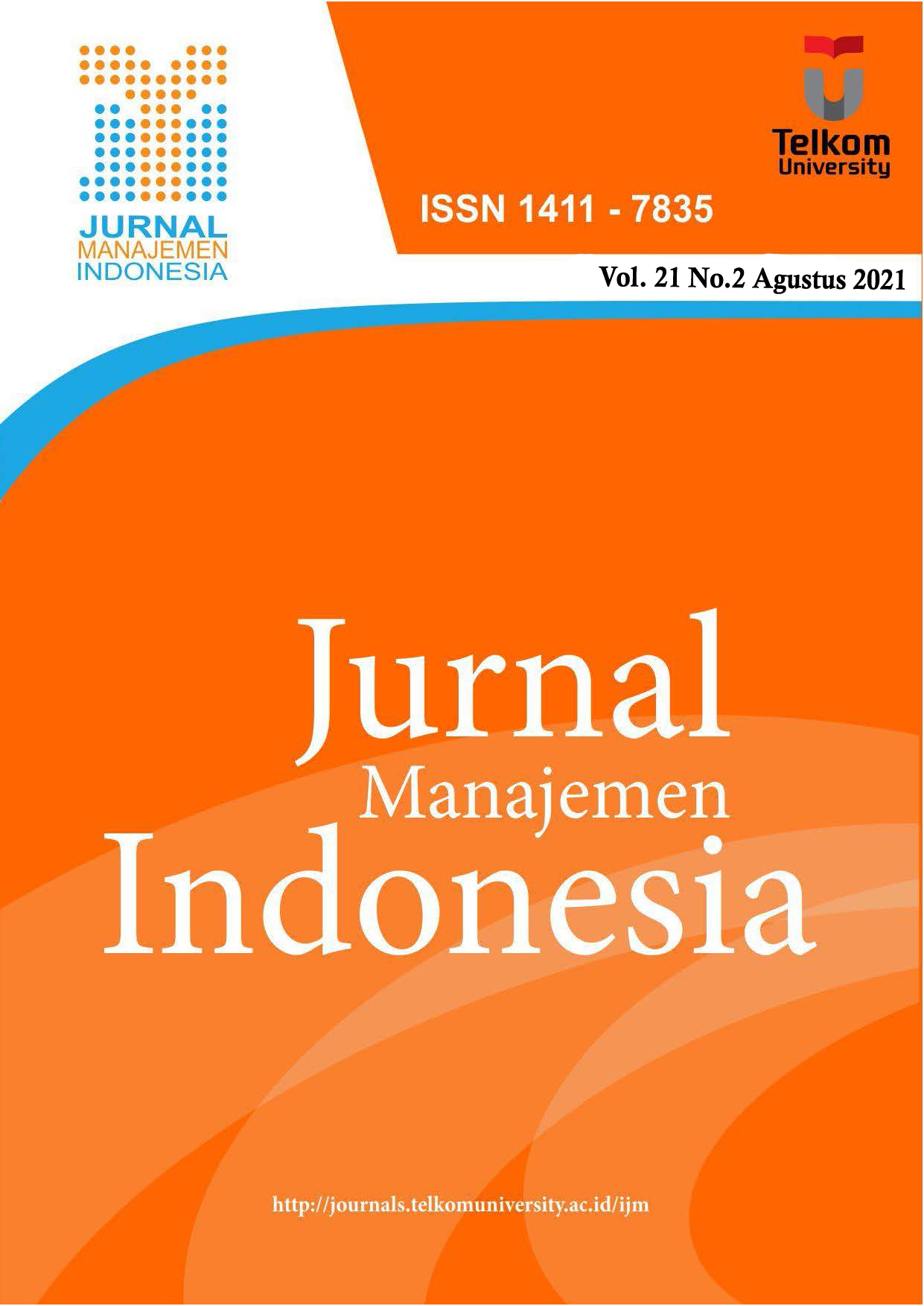Market Efficiency of Exchange Rate of Bitcoin with Dollar and Rupiah of Foreign Exchange Markets: Weak and Semi-Strong Form Test
DOI:
https://doi.org/10.25124/jmi.v21i2.3667Abstract
Bitcoin is one of the cryptocurrencies that had a high rate of return since its appearance in 2009. However, the exchange rate of Bitcoin against any foreign currency is considered to have high volatility making it difficult to determine the real value of Bitcoin. The main purpose of this research is to find the value of Bitcoin, especially US Dollar and Rupiah currencies. The test is carried out using the weak market efficiency hypothesis and the semi-form market coefficient hypothesis. The data processing methods are used the stationary test (ADF, KPSS, and ERS) to test the efficiency of the weak form market and the cointegration test (Johansen Cointegration) with the VECM model to check the efficiency of the semi-strong market. The results show that the Bitcoin exchange rate does not have a unit root so it is inefficient in a weak form and has a negative effect on the USD / IDR exchange rate so that it is not efficient in semi-strong form as well as on the US Dollar and Rupiah exchange rates. This happens because Bitcoin transactions as a medium of exchange in Indonesia are still illegal. So that the Bitcoin exchange rate against the US Dollar and Rupiah exchange rates is biased because it does not reflect the available information, both historical information and public information.
Keywords—Bitcoin Exchange Rate; Market Efficiency; Unit Root; Cointegration







